Pokémon saved the Switch in 2022, which was also the year that the console officially started to feel old.
As we approach the Switch’s sixth anniversary, it feels like Nintendo’s innovative hybrid gaming device has finally peaked and is now on the decline. Missing features and poor online experiences that were once easier to forgive have started to feel more frustrating. Even the latest visually impressive first-party games like Kirby And The Forgotten Land and Xenoblade Chronicles 3 struggled to mask the hardware’s ageing limitations.
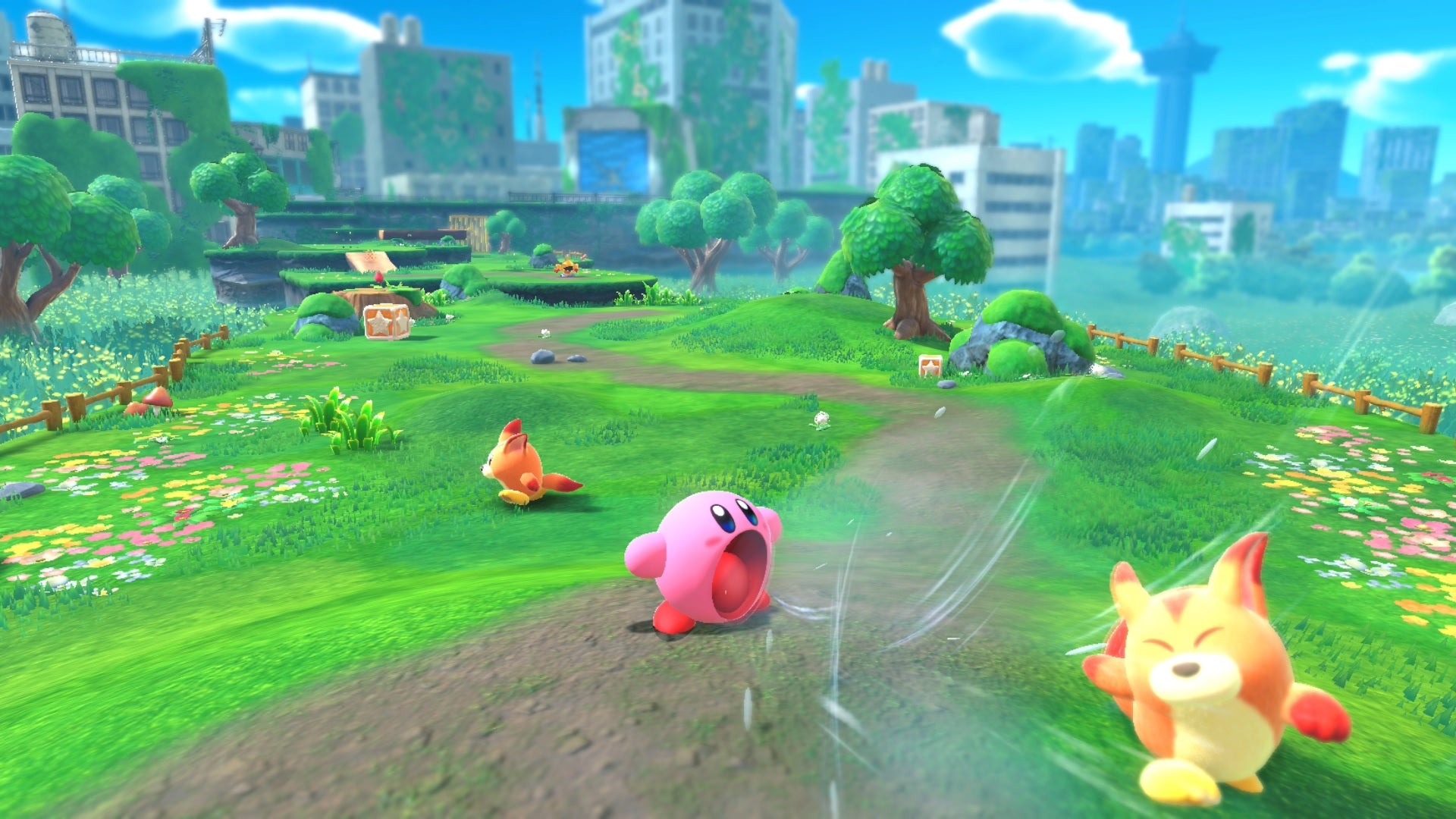
Don’t get me wrong. The Switch’s release calendar was still lowkey stacked month in and month out. The OLED version continues to bring out a level of vibrancy in games big and small that helps make up for some of the technical drawbacks. And despite never receiving a price drop since it launched, the Switch remains an extremely competitive gaming option when stacked up against pricier alternatives like the PS5, Xbox Series X, and Steam Deck.
Still, a meaningful hardware refresh has never felt more overdue. 2022 was the year of the missing Switch Pro, and the year it felt like Nintendo’s existing handheld hybrid went from punching above its weight to under-delivering on the promise of its core conceit.
Great games, chugging hardware
Nintendo made up for The Legend of Zelda: Tears of the Kingdom being delayed this year through sheer quantity of new releases. On the first-party side Kirby and the Forgotten Land, Nintendo Switch Sports, Mario Strikers: Battle League, and Fire Emblem Warriors: Three Hopes anchored the first half of the year, while Xenoblade Chronicles 3, Splatoon 3, and Bayonetta 3 delivered heavy-hitters in the second half.
Gaps were stuffed with many of the year’s biggest indie games: Sifu, Citizen Sleeper, Nobody Saves the World, Return to Monkey Island, OlliOlli World, Shredder’s Revenge, Tunic, and Neon White. Square Enix’s 2022 JRPG bonanza was well represented, including Switch exclusives Live a Live and Triangle Strategy. Plus big ports like No Man’s Sky, Personal 5 Royal, and Nier Automata brought over some of the best games of the last console generation.
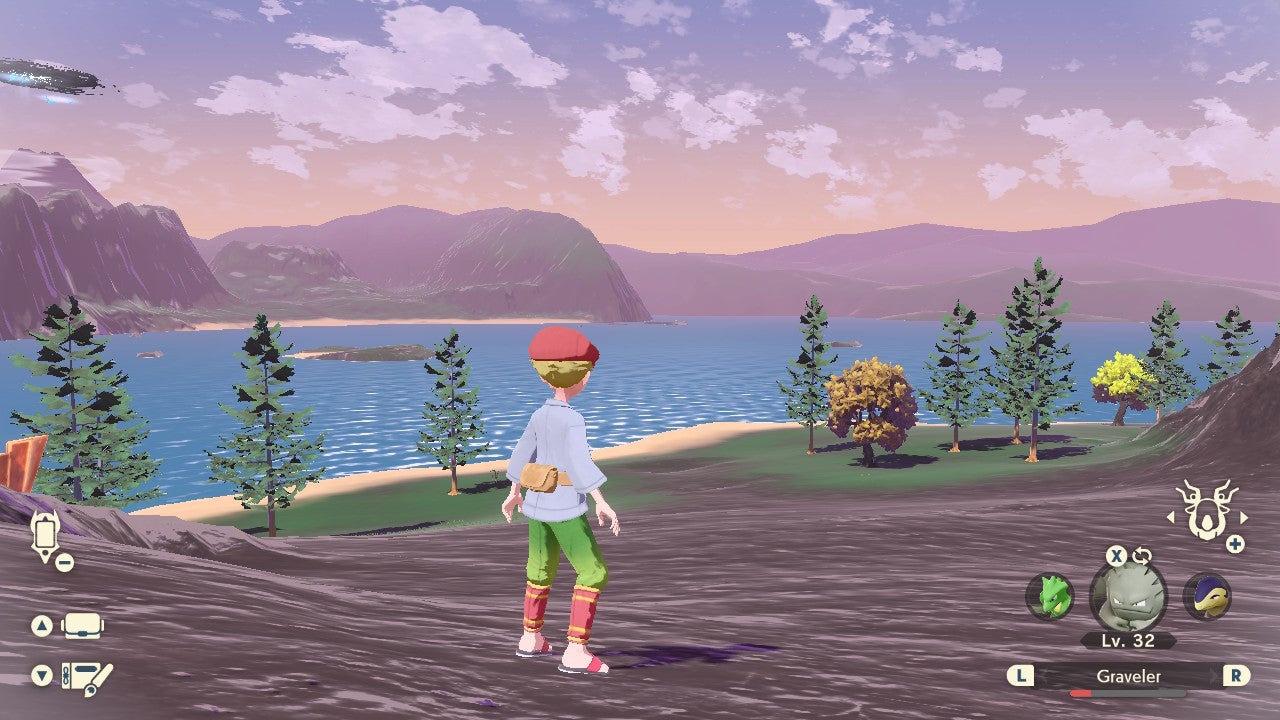
It’s safe to say, however, that it might have still felt like one of the quieter years on Switch if not for Pokémon Arceus: Legends and Pokémon Scarlet and Violet. In addition to selling tons, both games also perfectly represented the platform’s growing pains this year: they iterated on the series’ tried and true collectathon formula in creative and refreshing ways while also looking like arse and running badly.
oof the reviews arent kidding about the terrible performance #PokemonScarletViolet #NintendoSwitch pic.twitter.com/0oDvYQmMqV
— Cherrim (@Cherrim) November 17, 2022
On the Arceus side, the game’s open world often looked empty and flat. On the Scarlet and Violet side, framerate drops, constant pop-in of objects, and rogue glitches held back an otherwise ambitious new blueprint for the future of the mainline Pokémon games. It’s hard to know how much these shortcomings are due to the Switch’s old chipsets, a lack of development time, a particular set of design trade-offs, or some combination of those and other factors.
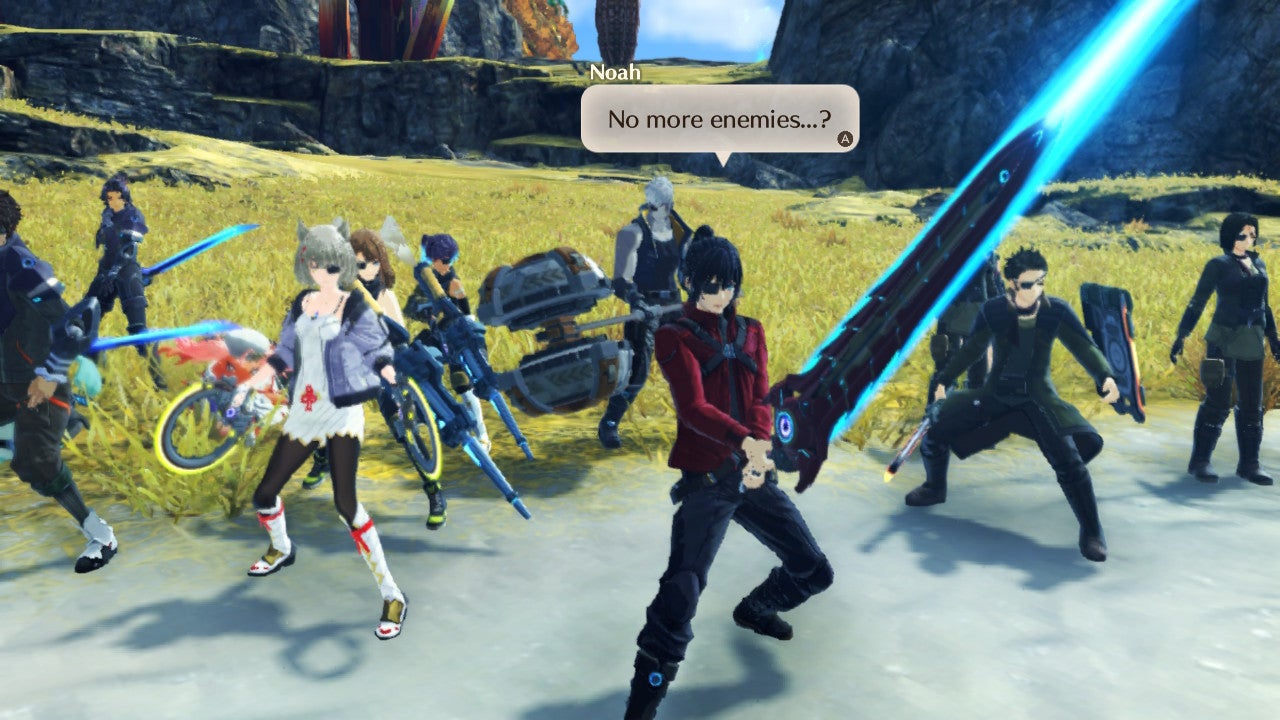
A modern spec sheet probably wouldn’t hurt though. Even Xenoblade Chronicles 3, a sprawling RPG with big open environments that look much better than what you’ll find in Pokémon, brushed up against the limits of the Switch. The frame rate was far from stable in the later half of the game, and the sweeping vistas themselves lose all sorts of detail and definition the second you move away from them. This didn’t stop Monolith’s game from feeling and looking great when in motion, but it does mean that almost every screenshot I have from my time with it is full of jagged edges and washed out textures.
Switch Online is still a drag
Another game that gets at the increasing duality of the Switch is Splatoon 3. A gorgeous and colourful sequel with even more content and features, it nevertheless is held back by Nintendo’s online infrastructure. It’s 2022. Splatoon 3 is one of the best competitive shooters out there. And you will almost certainly spend at least part of any gaming session mired in disconnects or other connectivity woes.
It’s especially notable considering some of the biggest shooters around like Fortnite and Apex Legends are also on Switch, andhose games also don’t require players to download a separate app to use voice chat. These problems were easier to ignore when Nintendo’s online service was free, but as the company continues to double-down on its monthly subscription service, subpar online performance continues to be a sore spot.
YOOOOO Splatoon 3 actually kills lobbies when multiple people disconnect now. HUGE #Splatoon3 #Splatfest #NintendoSwitch pic.twitter.com/3BF4Fil38j
— HarryXYZ (@Harreh_XYZspl) August 27, 2022
Last year, Nintendo launched the Switch Online + Expansion Pack, a $US50 ($69) version of the service that raised the price in exchange for access to Nintendo 64 and Sega Genesis games, as well as various bits of Switch DLC. It felt like a terrible deal at the time, and nothing over the past 12 months has done much to change that.
That’s not to say that Nintendo hasn’t been diligently filling out the Netflix-style retro library. Notable additions included Earthbound, Shining Force II, and The Legend of Zelda: Majora’s Mask.
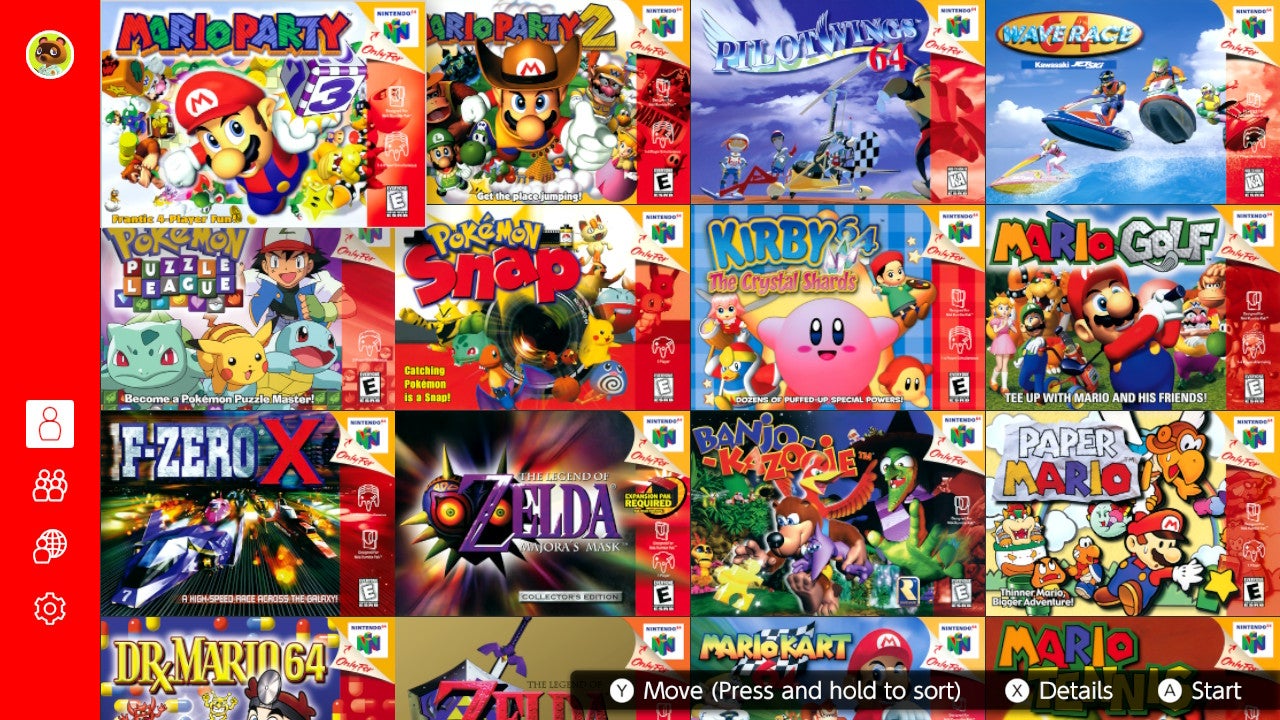
In total, Switch Online received five more NES games, six more SNES games, 17 more Genesis games, and 11 more N64 games this year. Game Boy, Game Boy Colour, and Game Boy Advance games remain MIA, however, as do notable third-party SNES titles like Chrono Trigger and Final Fantasy VI.
As rival services like PS Plus and Xbox Game Pass expand and evolve to include some of the biggest new releases and cloud gaming, it’s hard not to look at Switch Online and feel like it comes up short, despite being significantly cheaper. Switch Online did experiment with week-long free trials for games like Splatoon 2 and Mario Kart 8 Deluxe this year, as well as add a new Switch Online missions and rewards feature, but four years into the service’s life it still feels like it’s struggling to justify itself.
Netflix is never coming
If Switch Online still seems like an underwhelming value proposition, the base console user experience remains absolutely barebones. The Switch firmware received six updates in 2022, and the only notable feature added was “Groups” which allows players to organise their game libraries into folders. It’s nice to have and was long overdue, which mostly serves to underline just how little the rest of the console experience has changed since launch.
Despite the popularity of the Switch, Nintendo has never prioritised social features — -and that didn’t change in 2022. There’s no way to search for friends, send them messages, or gift them games. There’s no social feed to speak of when it comes to wondering what they are playing, buying, or sharing. Again, this has been the status quo, but as each new year passes, the fact that the Switch hasn’t improved on any of it becomes more glaring.
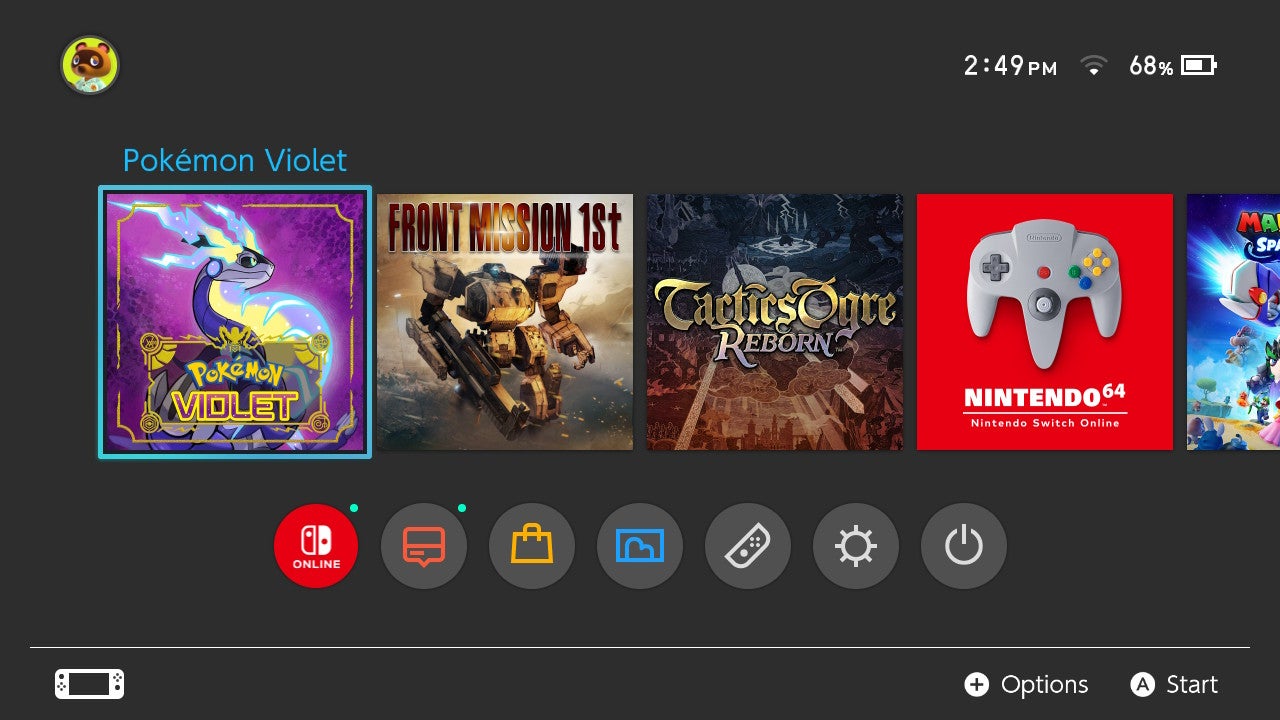
The apps never came this year, either. For years the joke was that you could get Netflix on every modern Nintendo device but the Switch. The streaming wars are in full swing, with services like Game Pass including complimentary subscriptions to Apple TV and Disney+, neither of which exist on Switch. Hulu remains the lone exception, joined last year by Funimaiton and this year by Crunchyroll.
The Switch has been outpaced by app integration in other areas as well. Spotify has been a mainstay on PlayStation and Xbox for years, while social hub Discord was finally added to both this past year. Neither are on Nintendo’s platform, which is especially surprising considering how many communication shortcomings would be solved by the arrival of Discord. The Switch didn’t get achievements or home screen themes in 2022, either.
So…Switch Pro when?
When the Switch released in 2017, holding games like The Legend of Zelda: Breath of the Wild and Super Mario Odyssey in your hands and taking them on the go was a powerful revelation. In 2022, thanks to the bar already raised by Nintendo half a decade ago, it’s somewhat less novel.
At the low-end, an explosion in cloud gaming peripherals and third-party handhelds means you can stream Assassin’s Creed Valhalla alongside Dead Cells to a bunch of competitors’ portables. The experience isn’t great but it’s often good enough.
At the high-end, Valve’s Steam Deck went from a trickle of pre-orders to on-demand availability, and let people take Steam hits from The Witcher 3 to Vampire Survivors to the bathroom and beyond. It’s clunky, the battery life isn’t great, and it’s a much less streamlined user experience than the Switch. Valve is also selling the device at a big loss. And yet while it’s only sold less than 2 per cent as many units as the Switch so far, it’s shown the massive leap handheld gaming is capable of since the latter first shipped.
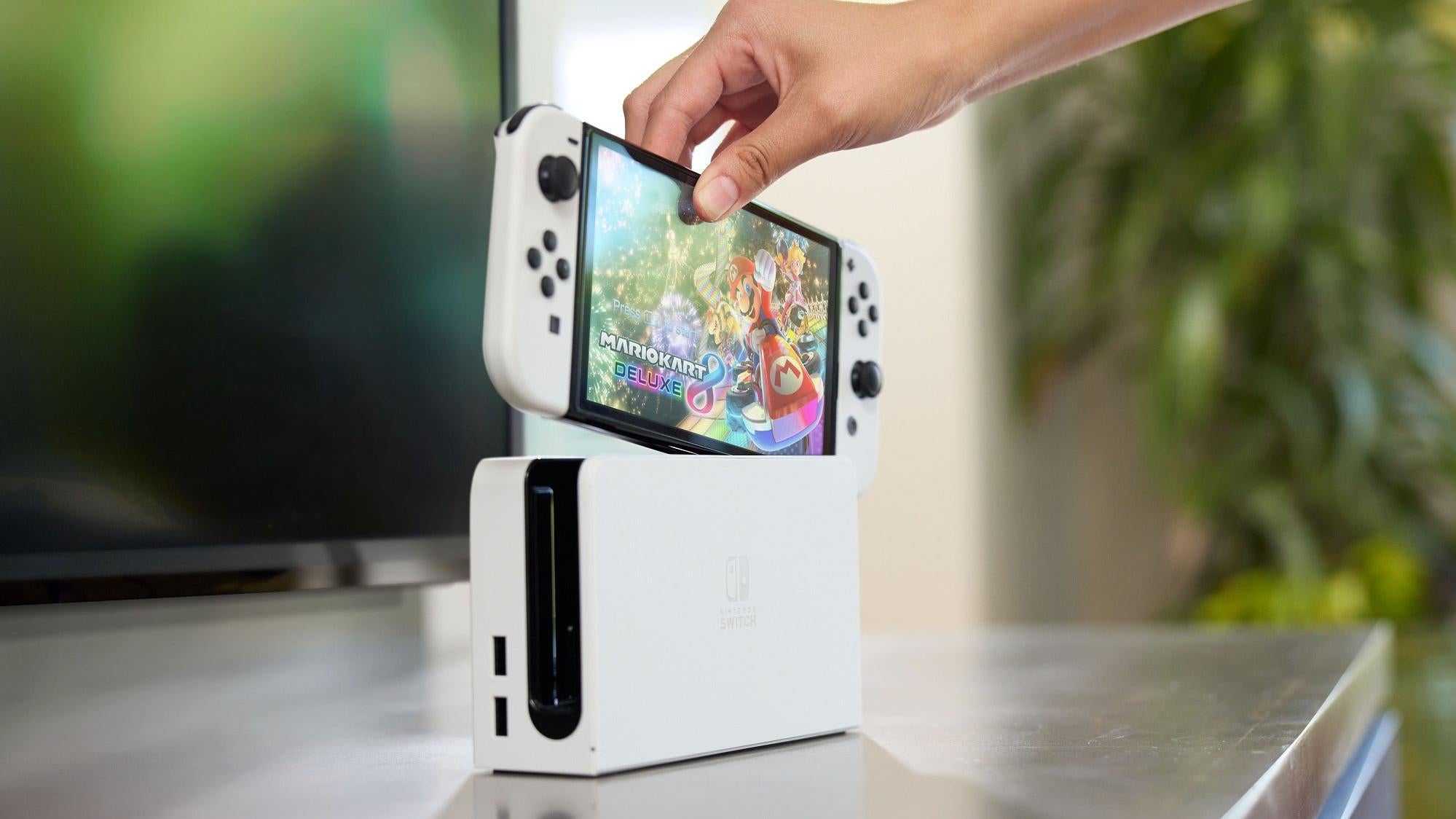
While Kotaku has mentioned a mythical Switch Pro in every State of the Switch review since 2018, this is the year it went from “when is it coming?” to “where the hell is it?” Many fans expected Nintendo to reveal upgraded hardware at E3 2021. Instead, it revealed the Switch OLED: a fancy screen atop the same basic guts for $US50 ($69) more. This led to a lot of questions about repeated Bloomberg reports that Nintendo was gearing up to release a 4K successor to the Switch, but Nintendo’s past history alone says we’re due for a new Switch.
The Nintendo DS launched in 2004. The DS Lite followed in 2006. The DSi in 2008. And the DSi XL in 2009. The first and last iterations of the device showed a long range in terms of improvement. The 3DS launched in 2011. A 3DS XL arrived the following year. A 2DS was added to the lineup the year after that. And a New Nintendo 3DS and 3DS XL launched the year after that, both of which notably played a handful of games the earlier versions of the system couldn’t run. The Switch is already two years older than the PS4 was when the PS4 Pro came out, and older than the Wii U was when the Switch launched.
The global pandemic, which created shortages for semiconductors that affected everything from cars to smartphones, no doubt threw any traditional timeline for a Switch Pro out the window. At the same time, that hasn’t stopped the Switch from continuing to age in the interim. From Joy-Con drift to finicky Wi-Fi reception, the console has succeeded despite notable design flaws and shortcomings thanks to its brilliant form factor and exclusives.
The form factor is becoming less and less of a differentiator though, and despite the development wizardry at Nintendo, old hardware is starting to catch up with it. We’ll see if 2023’s Tears of the Kingdom can replicate the magic of Breath of the Wild on a six year old machine. By the time it comes out in May, the gap between them will be even bigger than the one between GameCube’s Twilight Princess and the Wii’s Skyward Sword.
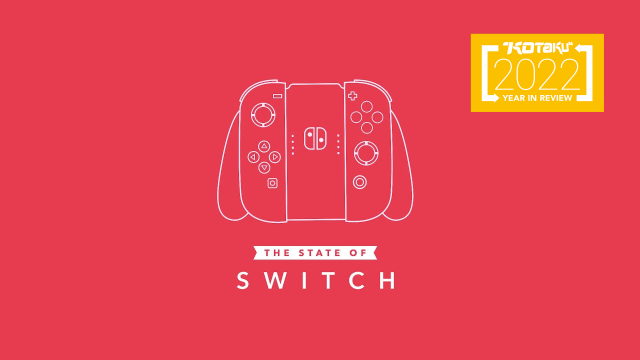
Leave a Reply